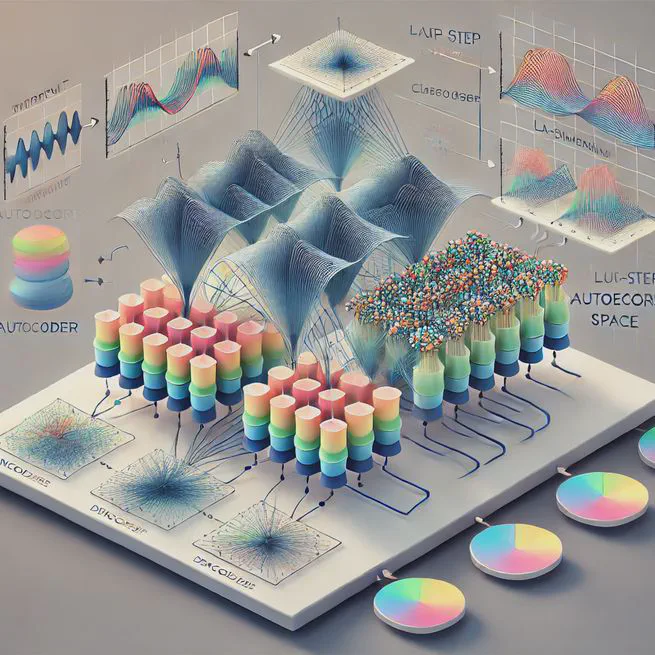
Spatiotemporal Clustering of Human Locomotion Neuropsychological Assessment in Virtual Reality Using Multi-step Model
This paper introduces a spatiotemporal clustering model to analyze neuropsychological assessments conducted in a virtual reality environment. The study focuses on clustering human navigation behaviors using a deep learning framework that separates feature extraction and clustering stages. By applying a 1D-DCAE autoencoder for feature extraction and a soft temporal clustering mechanism, the method identifies five distinct clusters corresponding to clinical groups. This research contributes to understanding navigation patterns in cognitive impairments and advances VR-based neuropsychological assessments.
1 Jan 2023
Residual Neural Network Architecture for Identifying Vestibular Disease Based on Head Kinematic Characteristics (Velocity)
1 Jan 2023
Joint Unsupervised Deep Temporal Clustering for Modeling Human Behavior in Vestibular Dysfunction: A Study of Navigation Pattern
1 Jan 2023
Evaluating the Efficiency of Multilayer Perceptron Neural Network Architecture in Classifying Cognitive Impairments Related to Human Bipedal Spatial Navigation
1 Jan 2023
Computational Analysis of Human Navigation in a VR Spatial Memory Locomotor Assessment Using Density-Based Clustering Algorithm of Applications with Noise DBSCAN
1 Jan 2022
Clustering analysis of human navigation trajectories in a visuospatial memory locomotor task using K-Means and hierarchical agglomerative clustering
1 Jan 2022